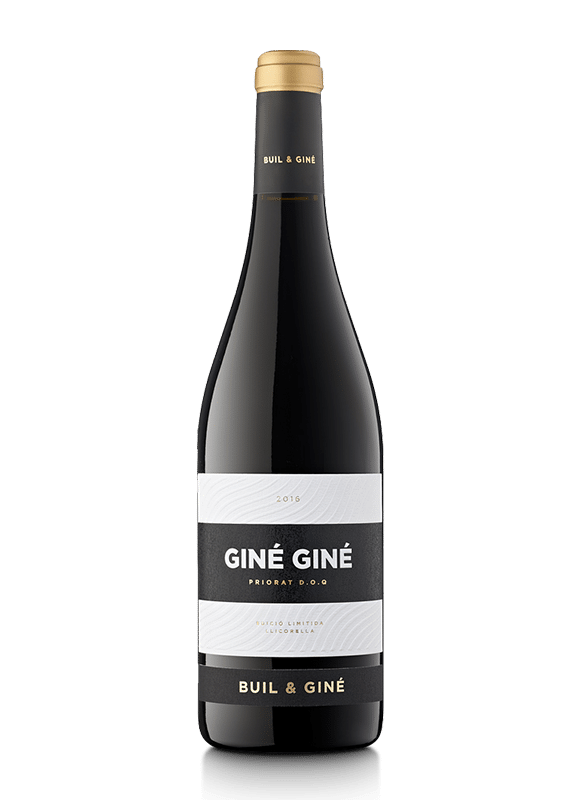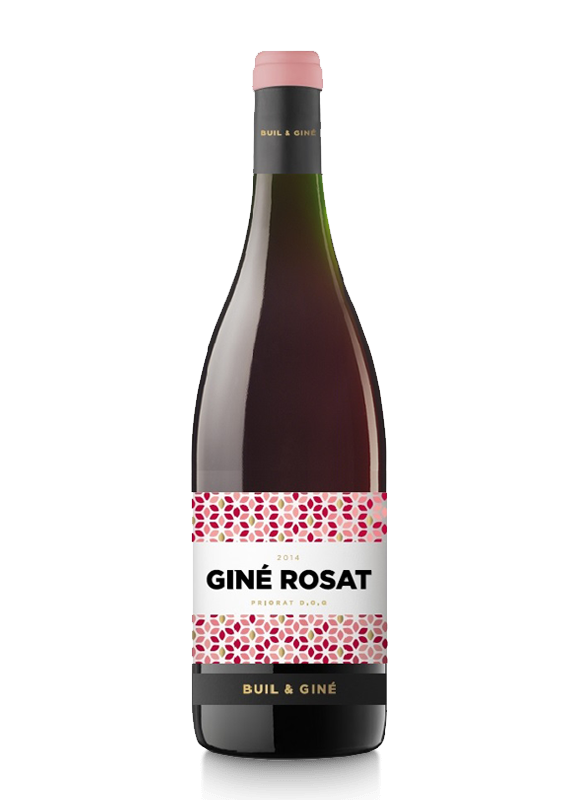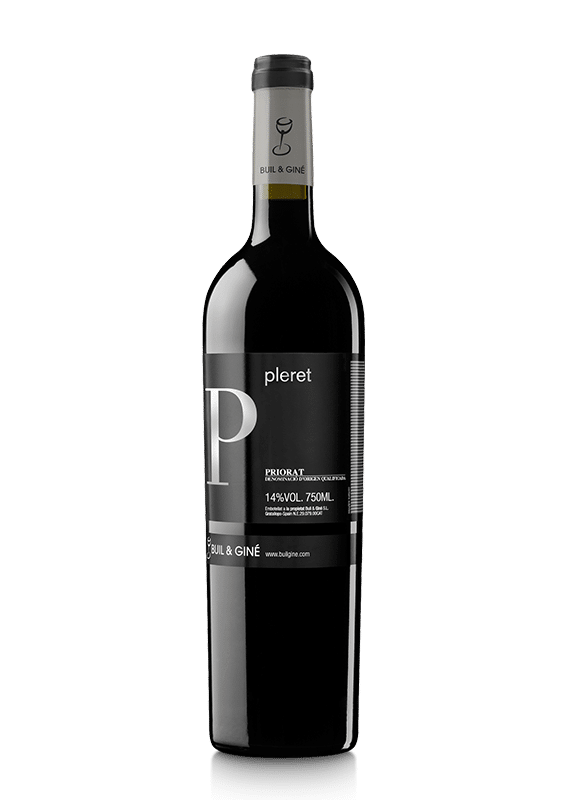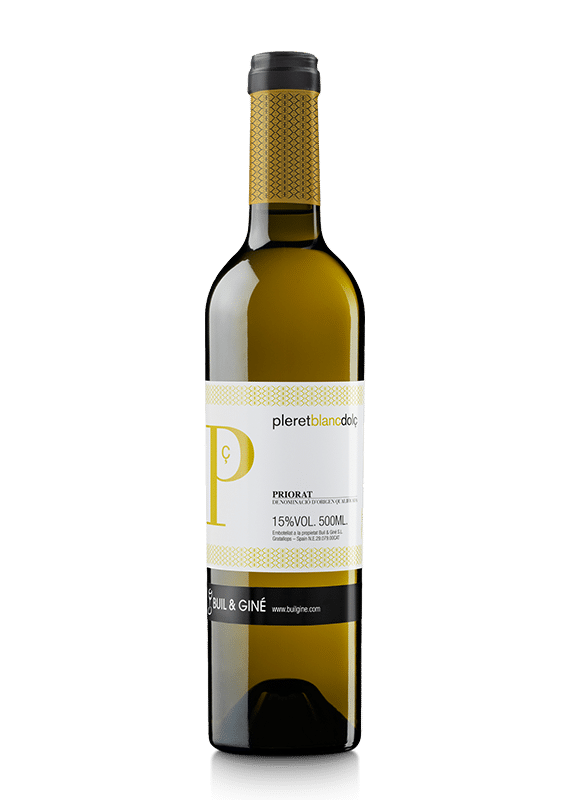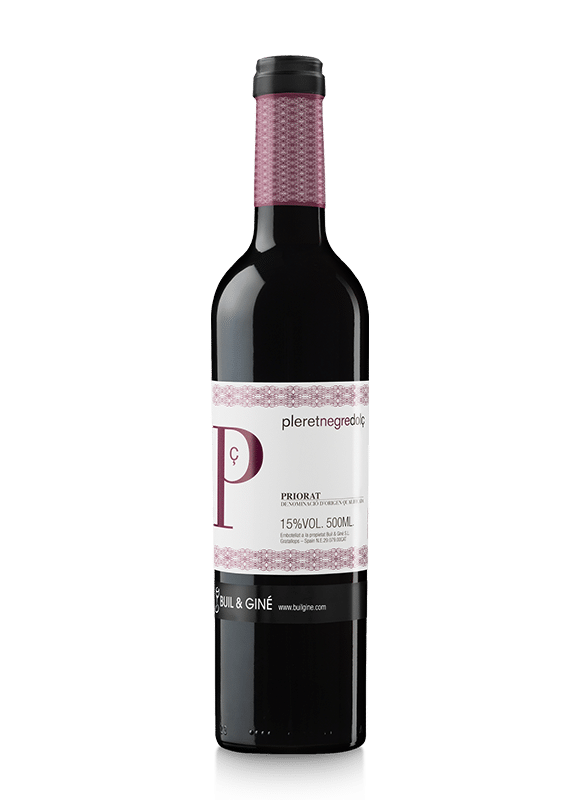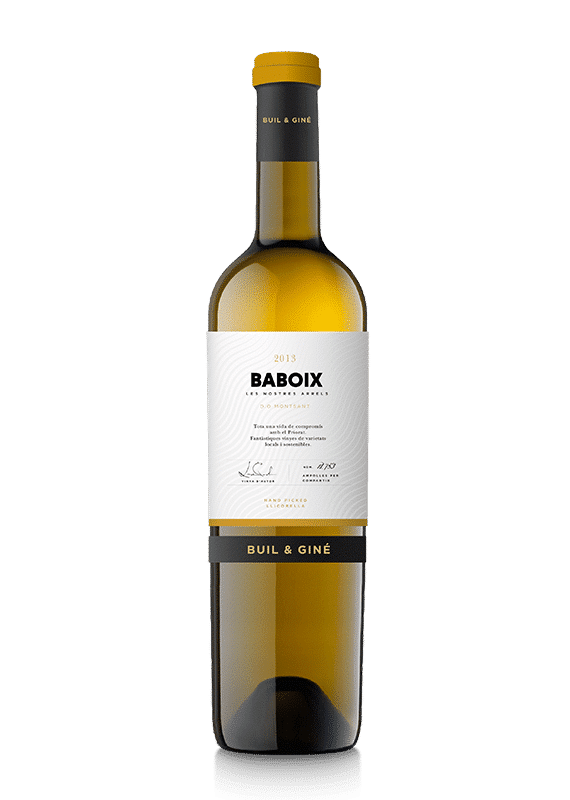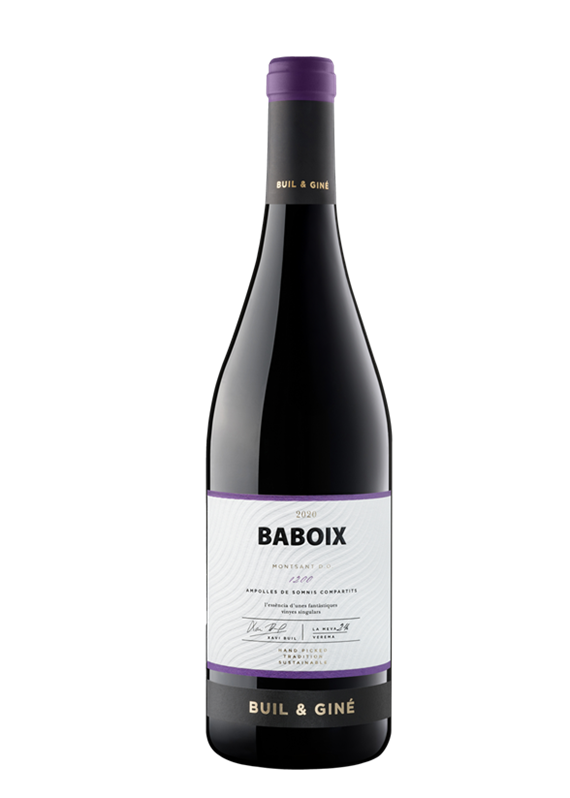WINES
Our wines pretend to honestly represent where they come from, they contain the soul of their land, their grapes, and their people. They represent the “Terroir” from which they come.
Their choice and their expressiveness make them great friends of the culture, traditions and gastronomy that have seen them born. They take us on a trip to beautiful landscapes and shake hands with their people. They share and are made to share.

DOQ PRIORAT
Geographical zone 
Bellmunt del Priorat, Falset (partially), Gratallops, El Lloar, El Molar (partially), La Morera de Montsant, Poboleda, Porrera, Torroja del Priorat, La Vilella Alta and La Vilella Baixa.
Climatic condition 
Sunshine is abundant, rainfall is scarce and the thermal oscillation can reach twenty degrees. These geographical and climatic conditions generate very low grape yields which give the wine a very singular personality.
Type of soil 
The characteristic feature of the denomination is its llicorella soil, a rough, grey slate-type stone. The geography is abrupt, with slopes so steep that terraces have to be created to cultivate the vines.
Types of wines 
Predominance of red wines, which represent 90% of the production. The recommended grape varieties are Grenache and Cariñena. These are powerful, brilliant, persistent wines that are rich in tannins.

DO MONTSANT
Geographical zone 
The DO Montsant comprises seventeen municipalities located mainly in the Priorat district of Tarragona and also in the Ribera d’Ebre, with a total surface area of some 2,000 hectares.
Climatic condition 
The soil is rich in minerals, with sedimentary limestone terrains, granitic erosion sands and stony soils formed by silicic slates.
Type of soil 
The DO Montsant comprises seventeen municipalities located mainly in the Priorat district of Tarragona and also in the Ribera d’Ebre, with a total surface area of some 2,000 hectares.
Types of wines 
Grenache and Cariñena, the autochthonous varieties of Montsant, are the essence of its wines.

DO RUEDA
Geographical zone 
Located primarily in the Community of Castile and León, and composed of 74 municipalities, of which 53 are in the south of the province of Valladolid, 17 in the west of Segovia and 4 in the north of Ávila.
Climatic condition 
The pH of its soils ranges from 7 to 8. These geological substrates have evolved at the surface level into arid soils over stony chelonian deposits, giving rise to the typical gravelly terrains that host the finest vineyards of the DO Rueda.
Type of soil 
The pH of its soils ranges from 7 to 8. These geological substrates have evolved at the surface level into arid soils over stony chelonian deposits, giving rise to the typical gravelly terrains that host the finest vineyards of the DO Rueda.
Types of wines 
The Rueda character is defined by three elements: the Verdejo variety grape, autochthonous to the zone, the continental climate and its type of soil.

DO TORO
Geographical zone 
Toro is a Denomination of Origin of the provinces of Zamora and Valladolid. Lying alongside the River Duero, the production zone includes 12 municipalities of the province of Zamora and 3 of Valladolid, with the town of Toro as the centre of the region.
Climatic condition 
The vineyards lie at altitudes of between 600 and 750 metres, the soil is brown with a sandy texture, poor in organic material and with a low content of mineral salts.
Type of soil 
Toro is a Denomination of Origin of the provinces of Zamora and Valladolid. Lying alongside the River Duero, the production zone includes 12 municipalities of the province of Zamora and 3 of Valladolid, with the town of Toro as the centre of the region.
Types of wines 
The grape varieties used are Tinta de Toro (an autochthonous variety), Grenache, Verdejo and Malvasía.

